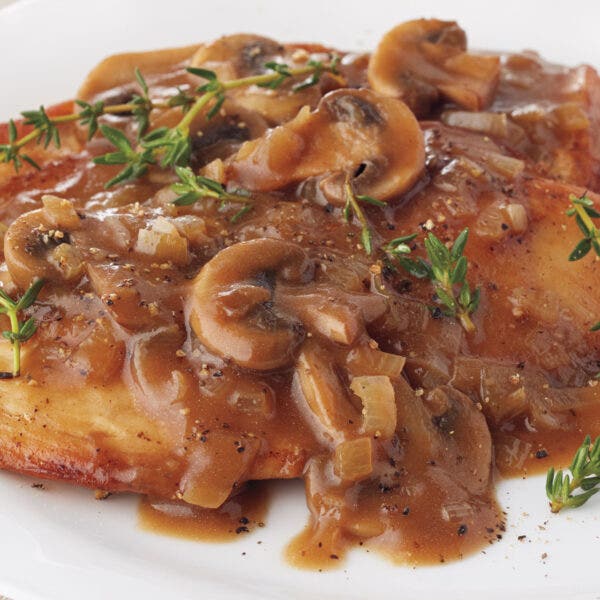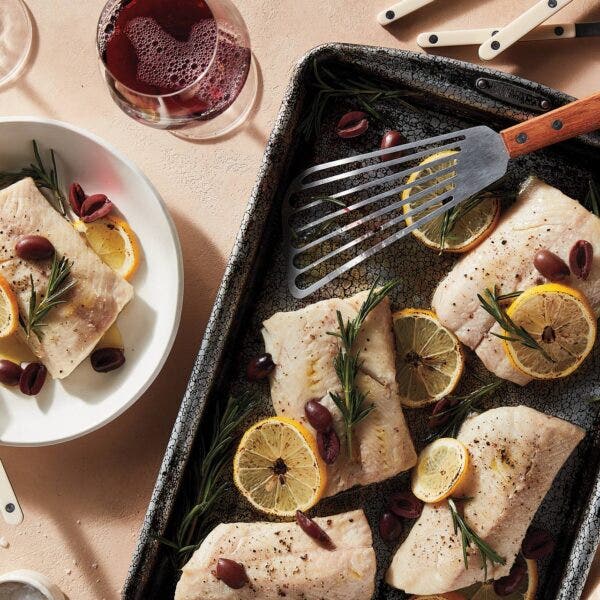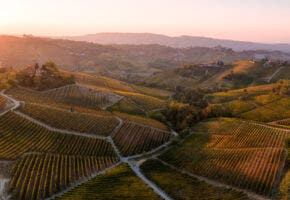What is Arneis
Arneis is a white wine grape variety most associated with Piedmont in northwest Italy. The name Arneis translates to “little rascal” in the local dialect, a fitting moniker given the grape’s trickiness in the vineyard. Arneis is highly susceptible to powdery mildew, is very low-yielding and can struggle to retain acidity. It also tends to become overly ripe if harvested late. Its wines are especially prone to oxidation.
Single varietal Arneis wines are popular today, though the grape was historically blended with the Nebbiolo grape in the Barolo region. Arneis had a softening effect on the famously tannic and austere Nebbiolo. Some winegrowers planted Arneis alongside Nebbiolo in the vineyard as a means of protection: The aromatics of the Arneis grape attracted the attention of birds and bees away from the more prestigious Nebbiolo.
Arneis originated in Roero, a subregion of Piedmont located along the left bank of the River Tanaro, across from Langhe. Roero became a Denominazione di Origine Controllata (DOC) region in 1985 and was upgraded to Denominazione di Origine Controllata e Garantita (DOCG) in 2005. Having fallen out of favor with producers in the early 1970s, Arneis underwent something of a renaissance in the 1980s and has gone from strength to strength ever since.
The best expressions of Arneis surely come from its home region. Here, the Arneis grape is used to produce a single varietal white wine labelled as Roero Arneis. Small amounts of Arneis are sometimes blended as part of the region’s Nebbiolo-based red wines.
White Arneis from the Roero DOCG typically shows a pale golden color, floral aromas and a medium to full body, with flavors of pear, apricot, tangerine, hazelnut and almond. Most of these wines are unoaked, vinified in stainless steel vats. Some producers ferment or age their Arneis wines in oak, leading to fuller-bodied wines with creamier flavors.
Oaked Arneis may lack the crispness and floral aromatics of unoaked examples. There are oaked and unoaked styles produced, with the former showing a fuller body and creamier flavors, and the latter lighter in body and with more pronounced floral aromas.
A small amount of sweet wine is produced, known as Arneis Passito. Arneis goes by many synonyms, including Bianchetta, Bianchetta di Alba, Bianchetto, Bianchetto di Alba and Nebbiolo Bianco.
While its stronghold is in Piedmont, Arneis is also grown in Liguria and Sardinia. Outside of Italy, some Arneis is grown in the U.S., notably in California’s Sonoma County and Oregon’s Willamette Valley. Other new world regions producing Arneis include Tasmania, Victoria and New South Wales in Australia and Gisbourne, New Zealand. The nearby region of Langhe DOC also produces Arneis wines.
Now that you know a little bit about this grape variety, why not take a taste? Search through our online Buying Guide below to find Arneis wines reviewed by our professional tasters.
Arneis grapes are found in sparkling, and white wines.









